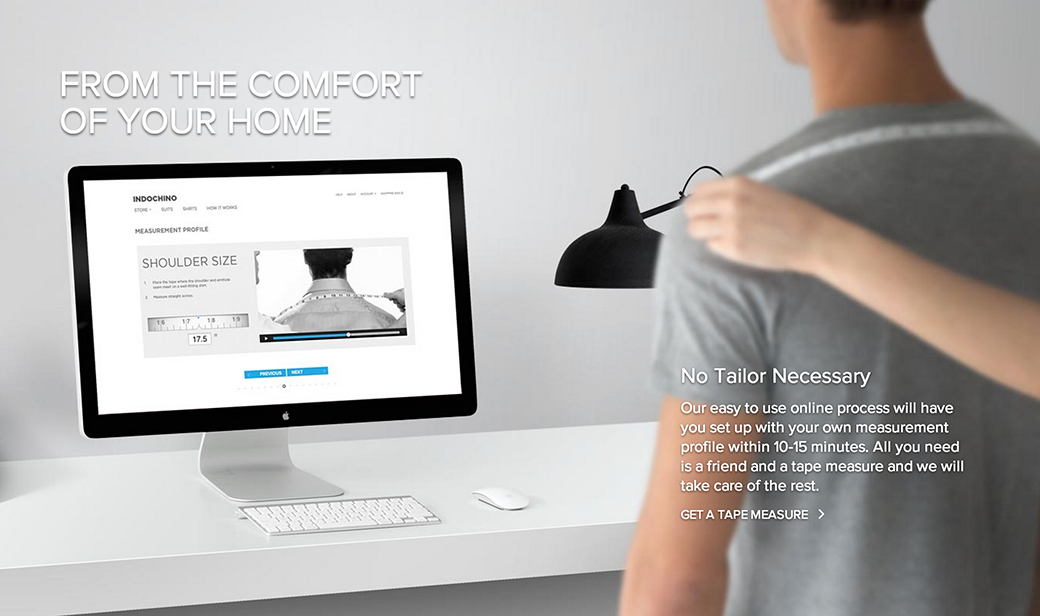Design is iterative. And much of product design is iterating on someone else's ideas. Strictly speaking, successful products are built (and innovated on) using patterns that have proven to be successful in other places — say, traditional marketing. And as it turns out human motivations work in similar ways online and off.
There's an almost unlimited wealth of research and data about human psychology, behavioral tendencies and intricacies. It's widely available to curious designers everywhere. And that's the challenge — it's literally "everywhere." The research is scattered across hundreds of resources and only the bravest of design souls are ready to dig through it.
Reining in the Research
If not brave, we're definitely zealous. We set out to collect psychological motivators in a resource library and, like much of everything else we do, make it available to anyone in search for product design literacy.
We call them Design Triggers.
We've spent about a year collecting materials for this newest addition to ZURB University Library. It turned into a unique collaboration between three product designers, each with a perspective on what the library needed to convey.
- A designer with a Masters in Human Computer Interaction fleshed out the library's taxonomy, making it easy to navigate.
- An engineer with a Masters in Applied Anthropology made sure our evidence was sound.
- A Design Lead at ZURB was making sure we provide valuable and tangible advice and product design examples.
Making Triggers Make Sense
So here we were with a ton of really useful information, goodies that we wanted to share with the community, but not a great way to go about it. We had an epiphany after interviewing a few of our own ZURBian designers. They reminded us what we already knew — the best place to start a design concept is with a goal. That gave us the spark we needed to create a complete taxonomy around design goals and triggers.
We outlined a couple dozen goals designers may need to tackle in their interface, for example:
Showcase a New Product
We then highlight a set of triggers that can be applied to achieve this said goal. Triggers are tied to each goal through user scenarios to help designers explore ones suited best for their use case.
Demonstration, Conceptual Metaphor, Storytelling, Familiarity, Keywords
Each trigger has been meticulously researched. The evidence comes from sources in behavioral psychology, cognitive linguistics and consumer psychology, so designers can feel confident speaking to the value of each motivator in their next presentation.
Demonstration
The act of learning indirectly through watching and imitating others is called Observational Learning in psychology [1]...
Then, to give designers a starting point of applying a trigger, we outline some suggestions on how to use each trigger in product design.
Frame the demonstration from the viewpoint of the user and give a variety of examples, showing both what they should and should not do. Make the examples visual and interactive …
We take showcase libraries one step further by explaining why a particular example works, describing how a trigger is applied in real world.
"How to" from Indochino
Users are shown exactly how measurements are done with this service.
Triggers, examples and design goals all come together to give designers the background they need to make smart product design decisions and have the facts to back them up.
Another Tool in Your Arsenal
Being a product designer, among many other things, means understanding how users make decisions. That's what makes Design Triggers a really exciting addition to the ZURB University Library.
Unlike a design trend that may change in less than a year, triggers can provide decades of value. Be it skeuomorphism or flat design, providing the right hooks at the right time will create a meaningful experience for customers. Customers don't care if their achievement badge has a gradient or not, they are just excited to earn one.
Achievement is one of the better known motivators and is one of the design triggers we're starting this resource library with. Be on lookout for more triggers and design decision ammunition continuing to stream in and see how you can start pulling the strings of your customers' motivations with Design Triggers.

